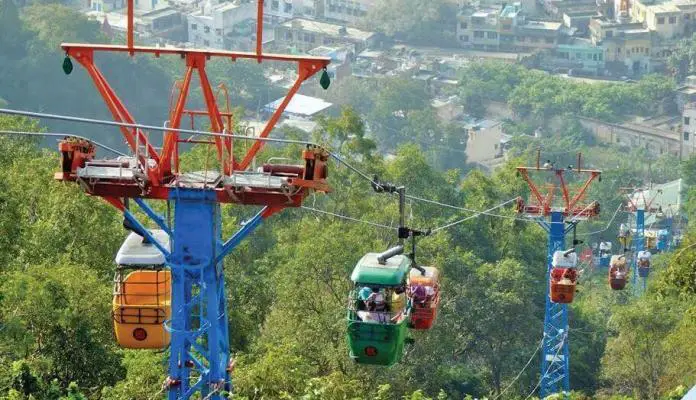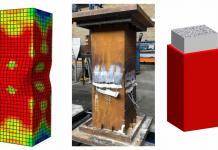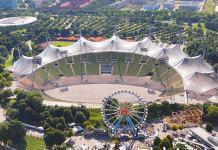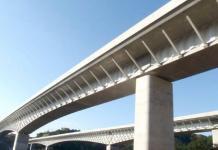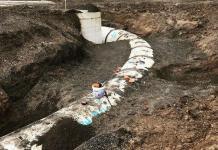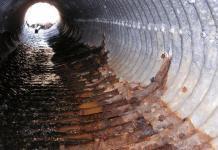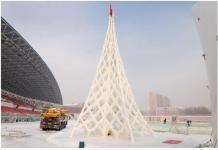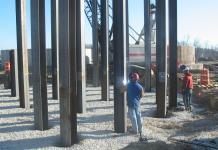The use of passenger ropeways (cable car) is a viable alternative for public transportation in urban areas with challenging topography. Aerial ropeway transportation is a type of cable railway mass transit system in which rail cars are hauled from one location to another by the use of moving cables. The design of the supporting structures and the cables for strength and stability is the duty of a structural engineer.
According to researchers from the Institute of Fundamental and Applied Research, Petrovskii Bryansk State University, Bryansk, Russia, the construction of ropeways has a rather high cost and requires taking into account a significant number of restrictions associated with the features of the existing urban development and the placement of urban infrastructure. As a result, they carried out research to develop optimization models that minimize the total cost of modular intermediate height.

The models developed were for discretely variable height and a rope system, and involves the optimal placement and selection of the height of these towers, taking into account the features of the surface topography and urban development.
Furthermore, the proposed modular principle for the construction of intermediate towers is expected to reduce the cost of construction. The study was published in the journal Urban Rail Transit (Springer) in the year 2020.
The cost of constructing a ropeway transit system depends on so many factors such as the location of the line, the ground in the interval between the terminal stations, the parameters of intermediate tower structures, the characteristics of the carrying and traction ropes, etc. During design, these factors can be manageable within certain limits, thereby managing the cost of ropeway construction.
Read Also;
Analysis of moving load on cable-stayed bridges
According to the authors, previous research works have shown that the cost of optimal variants of passenger aerial ropeways is significantly influenced by the height of intermediate towers. Therefore, the optimal design of the ropeway along the surface with a heterogeneous terrain results in the optimal variant requiring the installation of intermediate towers of individual height.
In order to solve the technical and economic problem of optimal ropeway design with intermediate towers of discretely variable height, they advised the use of two optimization models which involve the model of optimization of the installation step of the modular intermediate tower, and the model of optimization of the ropeway in general.
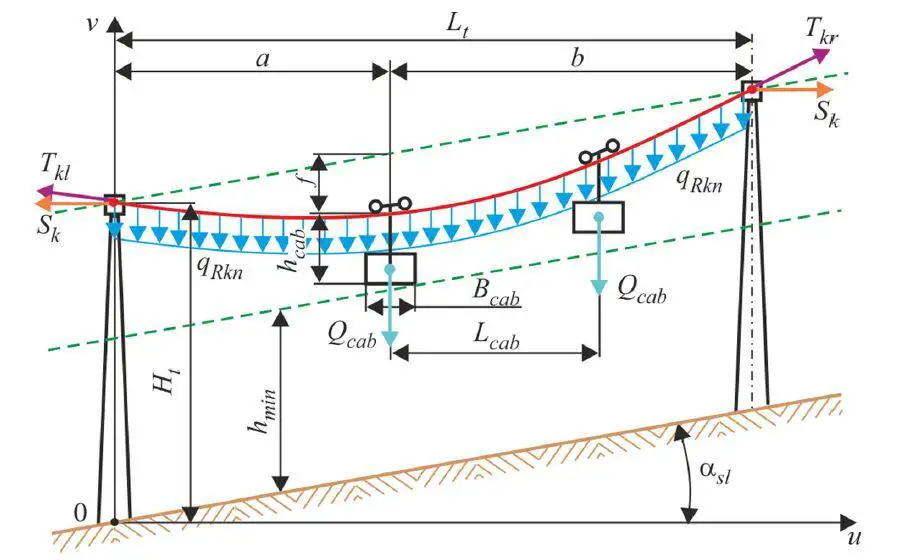
After the development of the models, calculations were made for a number of possible variants of the aerial passenger ropeway using the computer program ‘‘Optimization of the ropeway lines with unified towers’’. The results showed that the technical and economic indicators of the optimal variant of installation of unified intermediate towers depend on the step of unification, the cost of the tower itself and the foundation structures, the cost of the process equipment, and the terrain inclination angle.
According to the authors, the developed design method for passenger aerial ropeways, based on minimizing the construction cost, can be recommended for use at the initial stage of a design. The analysis of the terrain along the axis of the ropeway allows one to build a height profile for the installation of intermediate towers, to determine the angles of inclination to the horizon of separate sections of this profile and identify the maximum angle among them.
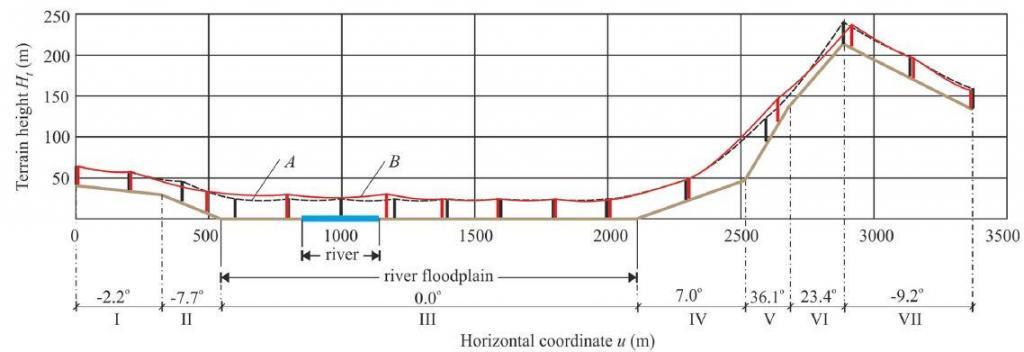
It is advisable to use the method when analyzing the following design situations:
• the location of the ropeway line on the ground has already been pre-selected;
• the location of the ropeway line on the ground has not yet been pre-selected, and the designer is considering several alternative options.
To obtain more information about the research findings and the models developed, download the article from the reference below.
Reference
Lagerev A. V. and Lagerev I. A. (2020): Designing Supporting Structures of Passenger Ropeways of Minimum Cost Based on Modular Intermediate Towers of Discretely Variable Height. Urban Rail Transit (2020) 6:265–277 https://doi.org/10.1007/s40864-020-00137-0
Disclaimer
This research article has been reproduced in part on www.structville.com because it is an open-access article licensed under a Creative Commons Attribution 4.0 International License, which permits use, sharing, adaptation, distribution, and reproduction in any medium or format, as long as you give appropriate credit to the original author(s) and the source, provide a link to the Creative Commons license, and indicate if changes were made (To view a copy of this license, visit http://creativecommons.org/licenses/by/4.0/.). The contents of this article belong to the original copyright owners.
.

